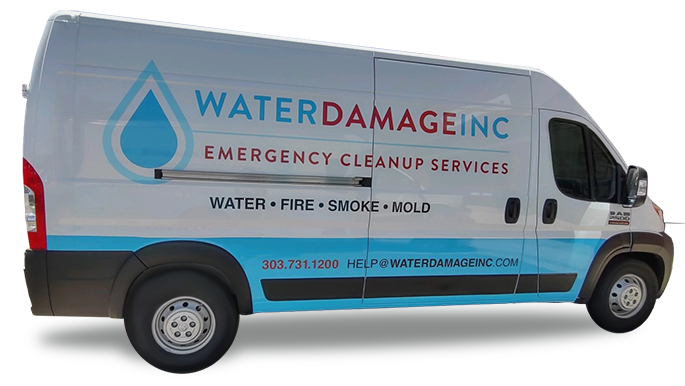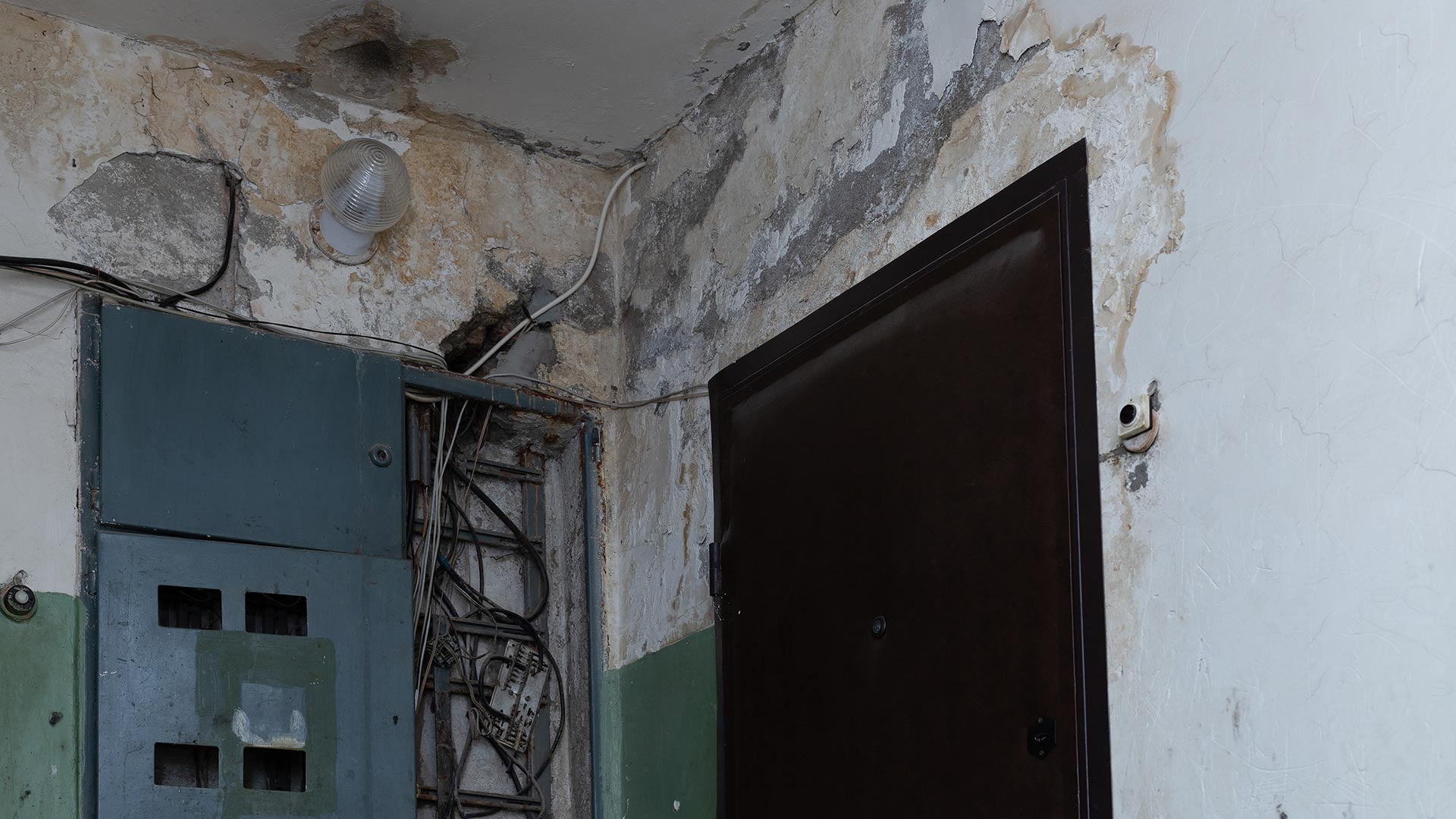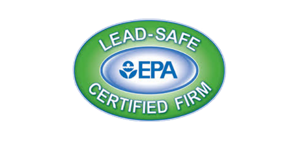If you’ve ever experienced water damage in your home or business, you know the havoc it can wreak. In addition to the physical damage to your property, water damage can also lead to the growth of mold, which can cause health problems for you and your family. Understanding the timeline for when water damage can lead to mold growth is essential in preventing this potentially dangerous situation.
Water damage is a serious issue that requires immediate attention. If left untreated, it can provide the perfect conditions for mold to grow, which can be dangerous to your health. Mold can cause respiratory problems, allergic reactions, and other health issues. In addition to the health risks, mold growth can also damage your property, making the restoration process more difficult and expensive.
In this article, we will explore the timeline for when water damage can lead to the growth of mold. We’ll also look at the initial signs of water damage, factors that affect mold growth timeframe, and preventative measures you can take to protect your property and health.
Key Takeaways:
- Water damage can lead to mold growth if left untreated.
- Mold growth can cause health problems and property damage.
- Understanding the timeline for mold growth is crucial in preventing the formation of mold and its potential health risks.
The Initial Signs of Water Damage
Water damage can be caused by a variety of factors, such as flooding, leaks, or burst pipes. If left untreated, water damage can lead to mold growth, which can have serious health consequences. It’s important to identify the initial signs of water damage so that you can take prompt action and prevent further damage.
- Discoloration: Water damage can cause discoloration on walls, floors, or ceilings. Look for stains, yellowing, or browning.
- Odor: A musty or damp smell is a common sign of water damage. This odor can be caused by mold growth or stagnant water.
- Texture changes: Water damage can cause walls or ceilings to become swollen or warped. You may also notice cracks, peeling, or bubbling paint or wallpaper.
- Presence of mold: If you see mold, then you likely already have water damage. Mold can be any color, but it often appears black, green, or yellow.
It’s important to keep an eye out for these initial signs of water damage, as they can indicate a larger problem. Don’t ignore water damage, as it can lead to more serious issues down the line.
Factors Affecting Mold Growth Timeframe
The time it takes for mold to grow after water damage can vary depending on several factors. Understanding these factors can help you estimate the timeframe for mold growth and take appropriate remediation measures. Here are the most important factors to consider:
| Factor | Description |
|---|---|
| Humidity Level | The higher the humidity level, the more favorable the conditions for mold growth. Mold can start growing in as little as 24 hours if the humidity is above 60%. |
| Temperature | Mold prefers warmer temperatures between 68 and 86 degrees Fahrenheit. However, some types of mold can still grow in colder temperatures, albeit at a slower pace. |
| Type of Water | The type of water that caused the damage can also affect the timeframe for mold growth. Clean water from a broken pipe or rainwater can take longer to cause mold growth than contaminated water from a sewage backup or floodwater. |
| Extent of Damage | The more extensive the water damage, the more likely it is for mold to grow. Mold can be present even if the water damage is not visible, such as behind walls or under flooring. |
| Presence of Organic Material | Mold requires organic material to grow, such as wood, paper, or fabric. The presence of such materials in the affected area can accelerate the growth of mold. |
Keep in mind that these factors can interact with each other, leading to a faster or slower timeframe for mold growth. For example, a high humidity level combined with warm temperatures and the presence of organic material can lead to rapid mold growth within 48 hours.
If you suspect that mold is already growing in your home, it’s important to act fast and contact a professional for mold remediation. DIY methods are not recommended, as they can often make the problem worse. A professional can assess the extent of the damage and take appropriate measures to remove the mold and prevent it from spreading further.
Mold Growth Timeline
Once water damage has occurred, it is crucial to act quickly to prevent the growth of mold. Understanding the typical timeline for mold growth can help you assess the severity of the situation and take appropriate action.
The specific timeline for mold growth can vary depending on several factors, including the type of mold, temperature, humidity, and the amount of moisture present. However, there are some general stages that mold growth typically follows:
| Stage | Description | Timeline |
|---|---|---|
| Initial Growth | The first sign of mold growth, typically appearing as small spots or stains. | Within 24-48 hours |
| Establishment | The mold begins to spread and establish colonies, visible as larger patches. | 1-12 days |
| Rapid Growth | The mold rapidly spreads and releases spores into the air, potentially causing health problems. | 1-2 weeks |
| Maturity | The mold reaches peak growth and begins to release even more spores, posing a serious health risk. | 3-4 weeks |
It is important to note that these timelines are approximate and can vary depending on the conditions present. Additionally, some types of mold can grow much faster than others, so it is always best to address the issue as soon as possible.
Remember, mold growth can pose serious health risks, so it is crucial to take prompt action if you suspect mold is present in your home or business. By understanding the typical timeline for mold growth and taking preventative measures, you can protect your health and property.
Preventing Mold Growth After Water Damage
After experiencing water damage, preventing mold growth should be a top priority. Here are some practical tips and recommendations to keep in mind:
- Act fast: As soon as you notice signs of water damage, take action to address the issue. The longer you wait, the more likely it is that mold will start growing.
- Remove standing water: If there is standing water in your home or business, remove it as soon as possible. Use a wet/dry vacuum or hire a professional water removal service.
- Dry the affected area: Use fans, dehumidifiers, and open windows to dry out the affected area and prevent moisture from lingering.
- Dispose of damaged items: Any items that cannot be salvaged should be disposed of immediately to prevent mold spores from spreading.
- Disinfect the area: Once the affected area is dry, thoroughly clean and disinfect it to kill any mold spores that may be present.
- Watch for future signs: Keep an eye out for any future signs of water damage, such as leaks or condensation, and address them promptly to prevent mold growth.
By following these tips and taking quick action after water damage, you can prevent mold growth and protect your property and health.
Conclusion
Water damage is a serious issue that can lead to the growth of mold if not addressed promptly. Understanding the signs of water damage and the factors affecting mold growth timeframe is crucial in preventing its formation.
By taking proactive measures to prevent mold growth, you can protect your health and property. This includes drying out affected areas immediately, using dehumidifiers, and repairing any leaks or sources of water damage.
Remember, mold growth can lead to a range of health risks, including respiratory problems, allergies, and infections. It can also damage your property and lead to costly repairs.
So, if you experience water damage, don’t wait to take action. By being vigilant and taking the necessary steps to prevent mold growth, you can keep your home or business safe and healthy for years to come.
FAQ
How long does it take for water damage to cause mold?
The timeline for mold growth after water damage can vary depending on factors such as temperature, humidity, and the type of material affected. In general, mold can start growing within 24 to 48 hours after water damage occurs.
What are the initial signs of water damage?
Common initial signs of water damage include water stains, discoloration on walls or ceilings, musty odors, peeling or bubbling paint, warped or buckled flooring, and visible mold growth. It’s important to address these signs promptly to prevent further damage.
What factors affect the mold growth timeframe?
Factors such as the amount of water present, the duration of exposure, the presence of organic material, and the availability of oxygen and nutrients can affect the timeframe for mold growth. Higher levels of humidity and warmer temperatures can also accelerate the growth process.
What is the typical mold growth timeline after water damage?
The timeline for mold growth can vary, but typically it can take anywhere from 24 hours to 10 days for visible mold to appear after water damage occurs. Within this timeframe, mold spores can start colonizing and spreading if the conditions are favorable.
How can I prevent mold growth after water damage?
To prevent mold growth, it’s crucial to address water damage promptly by drying and removing any affected materials. Use fans, dehumidifiers, and proper ventilation to dry the area thoroughly. Dispose of porous materials that cannot be adequately cleaned. Regularly inspect and maintain plumbing systems to prevent leaks and water intrusion.






















